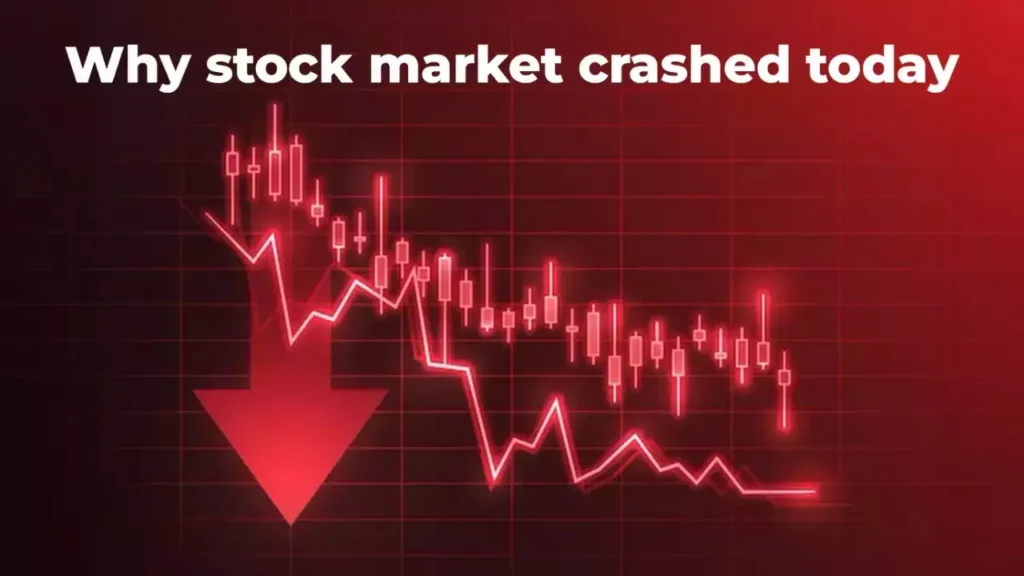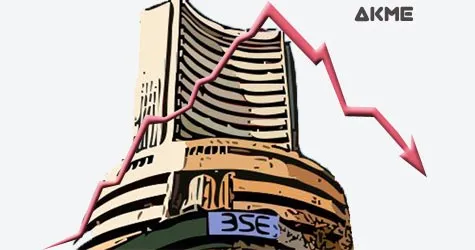Sensex Witnesses Volatility Amid Global Market Uncertainties – March 13, 2024, 4:30 PM IST
Table of Contents
In today’s trading session, the Sensex experienced considerable turbulence, reflecting the volatility observed in global markets. Despite an initial uptick, the index struggled to maintain momentum, signaling cautious investor sentiment. Here are the key highlights from today’s market activity:
Global Market Trends
Global stocks encountered challenges amidst record-breaking sessions on Wall Street and a pause in the European rally. While the Stoxx Europe 600 index remained flat, gains in retailers and utilities offset losses in healthcare and telecommunications stocks. Futures on the S&P 500 and Nasdaq 100 remained relatively unchanged, while Treasury yields saw a slight decline. How did these global trends impact the performance of the Sensex?
Sensex’s Performance
Opening higher initially, the Sensex soon relinquished its gains, plunging to an intraday low of 72,515.71 points. By the close of trading, the index was down 906.07 points, or 1.23%, at 72,761.89. Traders grappled with sobering sentiment from global markets and tempered expectations of a delayed rate cut from the US Federal Reserve. What were the primary factors contributing to this decline?

Sectoral Performance
While certain sectors displayed resilience, others succumbed to selling pressure. FMCG and banking stocks emerged as the top gainers, buoyed by positive sentiment. Leading the gainers’ list on the Sensex were ITC, ICICI Bank, Nestle India, Kotak Mahindra Bank, and Bajaj Finance. Conversely, Power Grid Corp., NTPC, Tata Steel, Tata Motors, and JSW Steel were among the top drags. How did these stocks fare amidst the market turmoil?
Sectoral Indices Analysis
None of the sectoral indices ended the day in positive territory, reflecting broad-based selling pressure. The Nifty Realty, Metal, and Media indices recorded significant declines, signaling investor caution. Tech View: ‘Nifty may remain under pressure in the near-term.’ Technical indicators suggest a challenging road ahead for Nifty, with a breakdown from a rising channel on the daily chart. Key support levels at 21,800 and 21,700 may come into play amid heightened selling pressure. What are the implications for sectoral performance in the coming days?
Market Sentiment and Outlook
Amidst heightened volatility and global uncertainties, caution prevails among market participants. Investors closely monitor central bank policies and economic indicators for guidance. Technical analysis indicates a bearish trend for the Nifty, with resistance expected around 22,250 and support levels at 21,800 and 21,700. What lies ahead for the Sensex amidst evolving market dynamics?
Conclusion
In conclusion, the day’s trading session on the Sensex reflected a mix of volatility and resilience amidst global market uncertainties. Despite an initial uptick, the index struggled to maintain momentum, facing headwinds from sobering sentiment in global markets and tempered expectations of a delayed rate cut from the US Federal Reserve. While certain sectors, notably FMCG and banking, exhibited resilience, broader market sentiment remained cautious, with none of the sectoral indices ending the day in positive territory. Technical indicators suggest a challenging road ahead for the Nifty, with key support levels coming into play amid heightened selling pressure.
Looking ahead, investors remain vigilant, closely monitoring central bank policies and economic indicators for guidance amidst evolving market dynamics. With ongoing challenges and uncertainties, navigating the ever-changing landscape of global finance requires a balanced approach and a keen eye on emerging opportunities. As market participants brace for further fluctuations, prudent risk management and strategic decision-making will be essential to navigate the volatility and seize potential opportunities for growth in the days ahead.
The stock market can experience crashes due to various factors:
- Economic Conditions: Economic downturns, like recessions, can cause lower consumer spending and business profits. This leads to uncertainty, prompting investors to sell their stocks.
- Geopolitical Events: Political instability, conflicts, or wars between nations can create market uncertainty. Investors may sell stocks and seek safer assets during such times.
- Interest Rate Changes: Alterations in interest rates by central banks affect borrowing costs for businesses and consumers. High interest rates may slow economic activity, impacting stock prices.
- Corporate Performance: Poor earnings reports from companies can cause their stock prices to drop, influencing the broader market negatively.
- Speculation and Overvaluation: Speculative bubbles or inflated stock prices can result in a sudden correction when investors realize prices don’t align with underlying fundamentals.
- Unexpected Events: Unforeseen events like natural disasters, pandemics, or financial crises can disrupt markets, leading to panic selling.
In summary, stock market crashes occur due to a mix of factors that create fear and uncertainty among investors, causing a rapid decline in stock prices.

